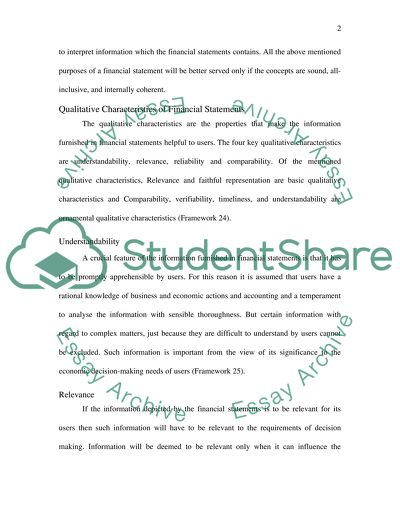Cite this document
(The Qualitative Characteristics of the IASB Framework Coursework - 3, n.d.)
The Qualitative Characteristics of the IASB Framework Coursework - 3. https://studentshare.org/finance-accounting/1564885-business-accounting
The Qualitative Characteristics of the IASB Framework Coursework - 3. https://studentshare.org/finance-accounting/1564885-business-accounting
(The Qualitative Characteristics of the IASB Framework Coursework - 3)
The Qualitative Characteristics of the IASB Framework Coursework - 3. https://studentshare.org/finance-accounting/1564885-business-accounting.
The Qualitative Characteristics of the IASB Framework Coursework - 3. https://studentshare.org/finance-accounting/1564885-business-accounting.
“The Qualitative Characteristics of the IASB Framework Coursework - 3”. https://studentshare.org/finance-accounting/1564885-business-accounting.


